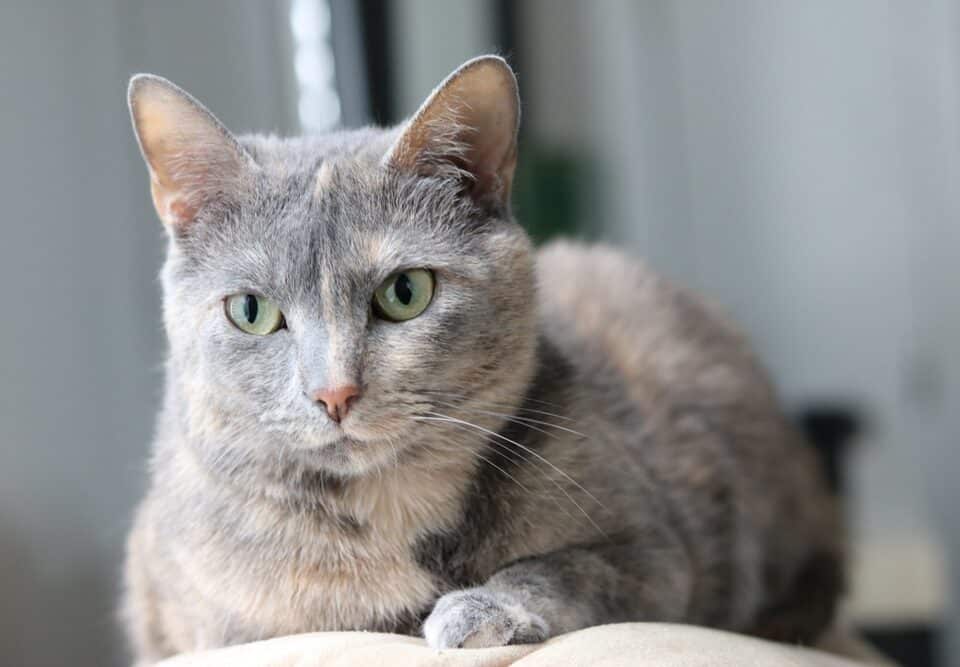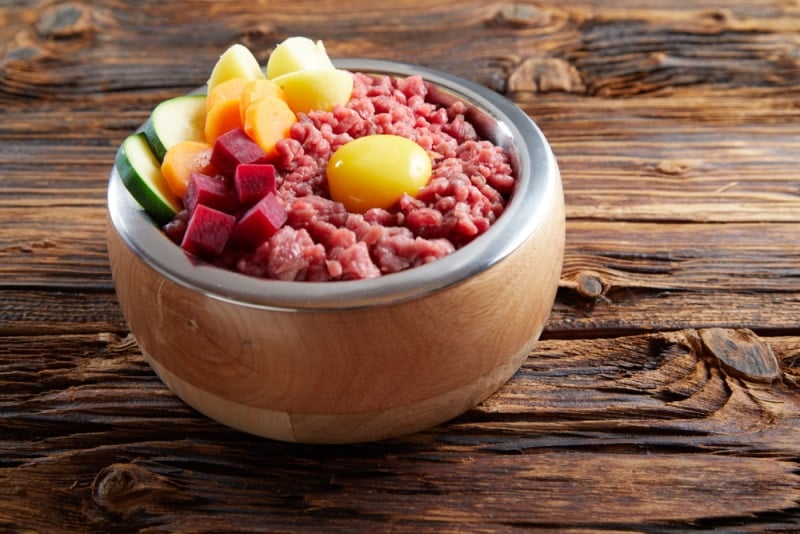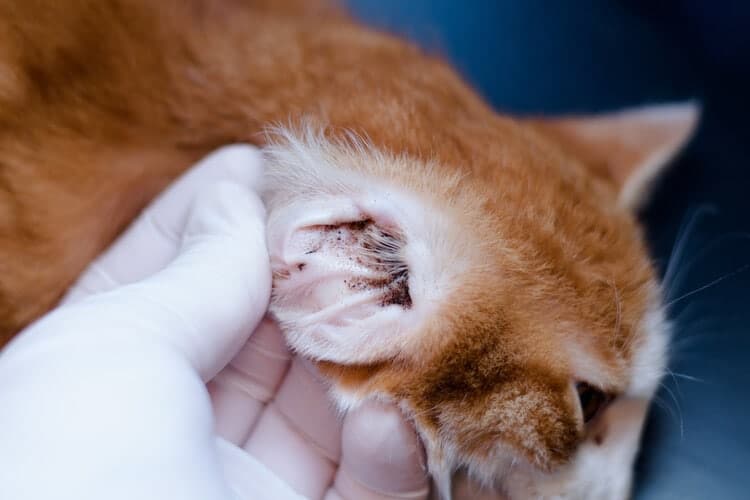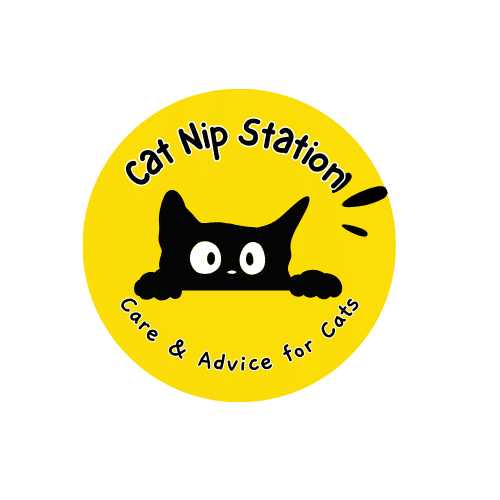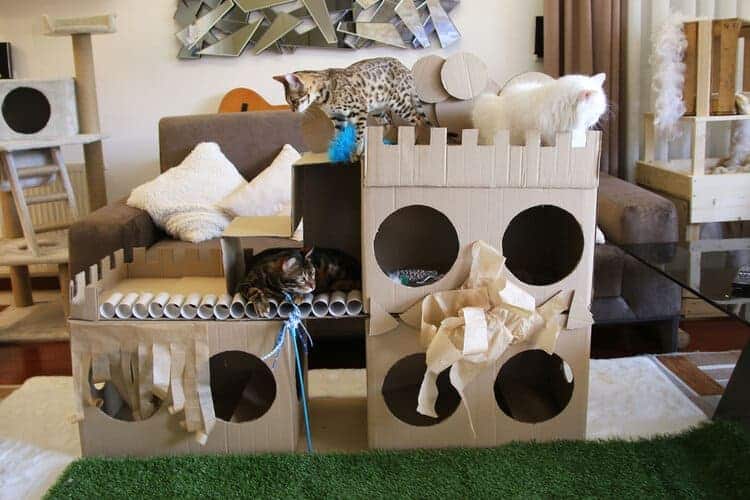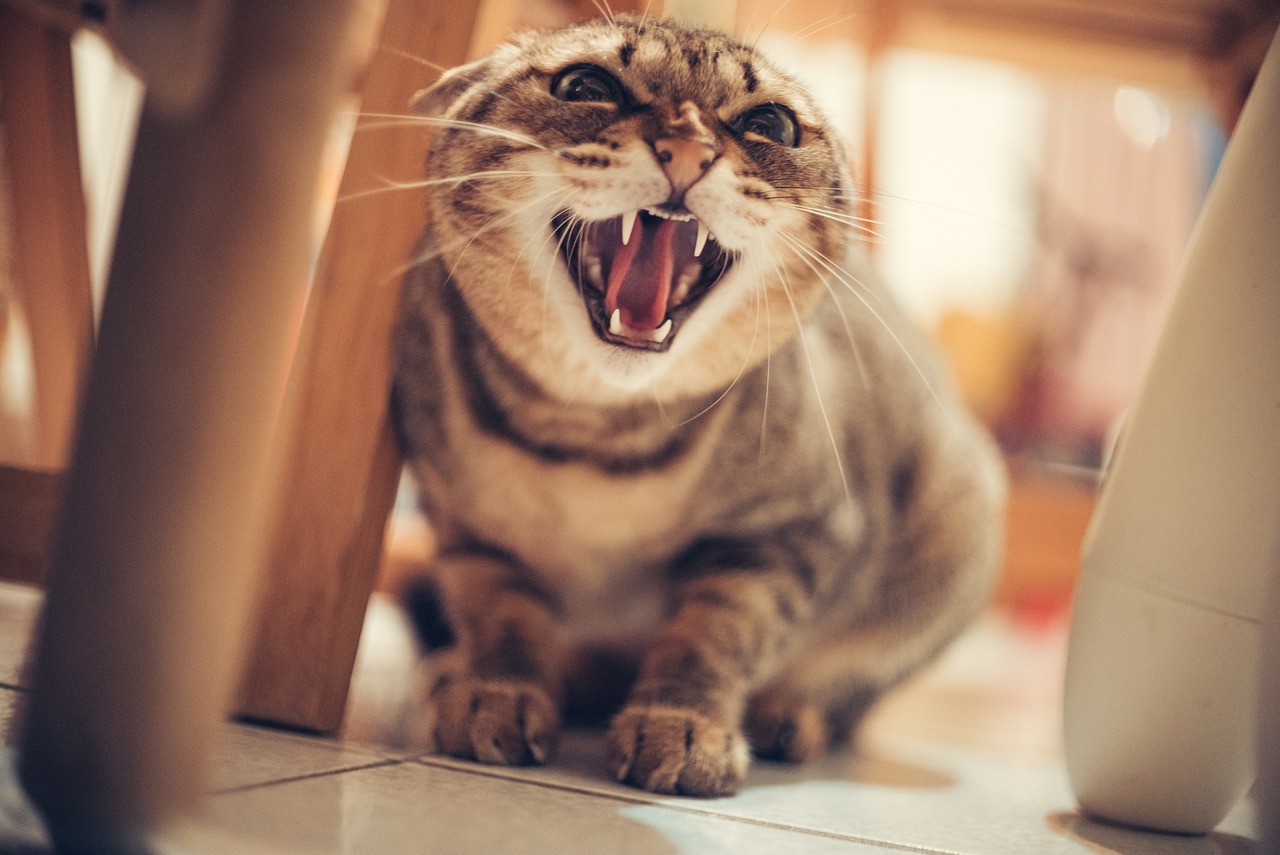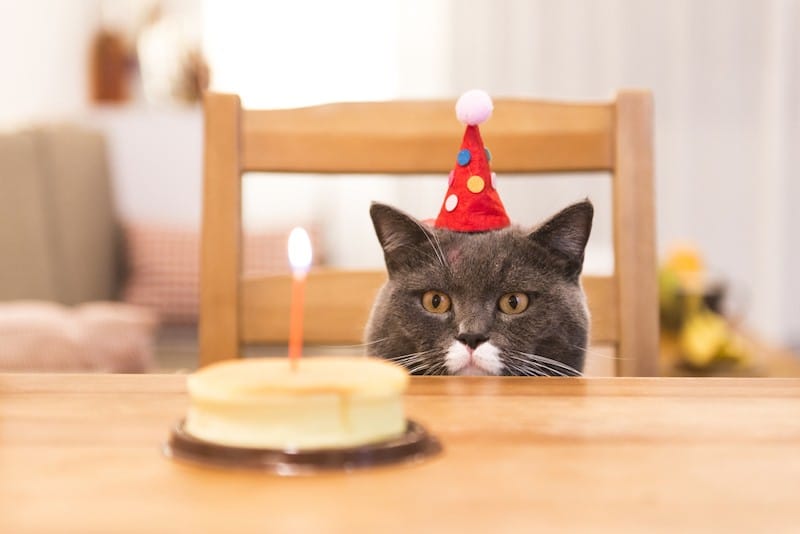Let’s dive straight into the vibrant world of dilute tortoiseshell cats, those astonishing felines with a mesmerizing coat pattern. Known for their colorful charm, these cats exhibit a unique double-colored diluted coat that sets them apart from the rest.
The term ‘dilute tortie’ doesn’t point to a specific breed but rather a fascinating coat coloration. Imagine a blend of muted hues, often featuring a delightful mix of blue and yellow instead of the typical orange and black seen in standard tortoiseshell cats.
Genes are the artists painting the canvas of a dilute tortie’s coat. Their specific genetic makeup, influenced by the X and Y chromosomes, crafts their distinctive look. Female cats, equipped with two X chromosomes, can inherit two distinct color instructions. This genetic scenario creates the possibility of the breathtaking tortoiseshell pattern, a mix of colors on one feline canvas.
The fun part kicks in with the mutation of the melanophilin (MLPH) gene, which oversees pigment production. Occasionally, this gene encounters a mutation thanks to a recessive trait, leading to the enchanting diluted coloration—orange turns yellowish and black shifts to a soft blue. Both parents must carry this trait to pass it on, which makes dilute torties rather special.
Caring for these beauties is straightforward. Despite their unique looks, they require similar care to any other cat. Most dilute torties boast good health, with obesity being a common issue linked more to diet than genetics. Ensuring your tortie maintains a healthy weight involves proper nutrition and exercise.
Cats, including these elegant creatures, are obligate carnivores. They thrive on a diet rich in meat and animal organs. Feeding them the right amount of food, alongside a steady supply of clean drinking water, is crucial. Adult indoor felines, for instance, generally need a quarter of an 8oz. cup of dry food per day, plus a little canned food. Adjustments may be necessary based on age and health.
Meanwhile, the daily routine for maintaining a tortie’s coat is all about regular grooming. Brushing helps keep their fur clean and mat-free. If they possess a long coat, a gentler approach and more frequent sessions might be required. Bathing isn’t routinely necessary unless dirt or odor becomes noticeable, particularly for short-haired breeds.
Interestingly, torties are said to possess a ‘tortitude,’ an extra bit of sass that owners find charming. Though studies exploring a link between coat color and aggression are inconclusive, these cats seem to have personalities as distinct as their coats!
Here’s a quick rundown of six intriguing tidbits: Dilute torties are predominantly female. Male dilute torties, a rarity due to their genetic setup, are often Klinefelter syndrome cases. Various breeds, from the American Shorthair to the Cornish Rex, can boast the unique coat. Also, there’s a rich folklore surrounding them, with male torties being considered lucky in some cultures, while ‘money cats’ are believed to bring wealth. Finally, don’t confuse torties with calicos, as calico coats feature an added layer of white.
In wrapping up, ‘dilute tortie’ highlights a specific feline coat pattern that captures hearts with its unique palette. These cats, almost always female, are cared for just like any other feline friend. While their genetic story is intricate, their ‘tortitude’ adds a delightful twist to their character. Whether it’s their looks or lore, dilute torties certainly leave a memorable impression on cat enthusiasts.
